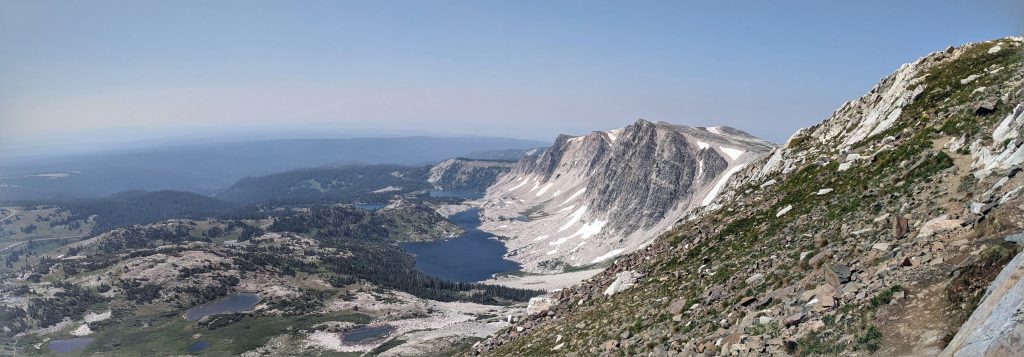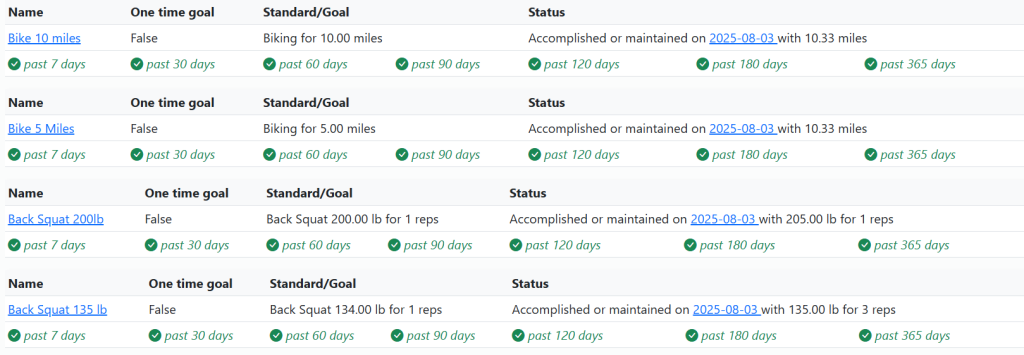Math was one of many subjects I struggled with in school. As I got older I was able to resolve most of my learning struggles with a little hard work and self guided studying but math has always eluded me.
I still remember the anxiety and stress of learning the multiplication tables as a kid and never getting it, from there it continued to get worse and harder for me to learn anything math related.
Math classes got to the point throughout high school and college that it became impossible for me to move forward and hampered goals of going further with any degree.
My attempts at learning math on my own as an adult date back 15-20 years. I could never get traction in math. Some of my original interests in mathematics included 2D and 3D computer graphics. I found computer graphics so amazing with the release of Quake, Unreal and other 3D computer games. I had no foundation to build on, so reading 2D and 3D computer graphics books left me confused and frustrated.
Looking back at some of my math book purchases throughout the years, as I tried and failed to learn math I realize these are all great resources, but I had not done the basics. (incomplete list)
Calculus Made Easy – Thompson and Gardner
Purchased: Aug 8, 2013

How to Ace Calculus: A streetwise guide – Adams and Thompson
Purchased: Aug 8 2013

Introduction to Mathematical Thinking – Keith Devlin
Purchased: July 5, 2015

Mathematics for the Non Mathematician
Purchased: May 26, 2015

Late last year 2024 I decided to give it another go. I started trying to understand the why behind math how it happened, how it is proven but kept hitting a wall. I changed course and decided to start nearly at the beginning. I think in the beginning just accepting the rules and learning the language is the right path. Mathematics is a big field and using math as a tool is probably the best choice.
Moving forward instead of trying to find out why or how math works I wanted something simple and basic to work through. I found books by Chris McMullen and started going problem by problem and forget about the why and how. Chris does a great job of breaking thing down. This time I started working problems and rules not worrying about anything else.
With a little bit of success I kept looking for other math resources leading me to Match Academy. I have worked through Math Academy 4th Grade, Math Foundations I and partially through Math Foundations II and am enjoying it.
I hope this is the way forward for me and will update my thoughts at the end of Math Academy Foundation II.











